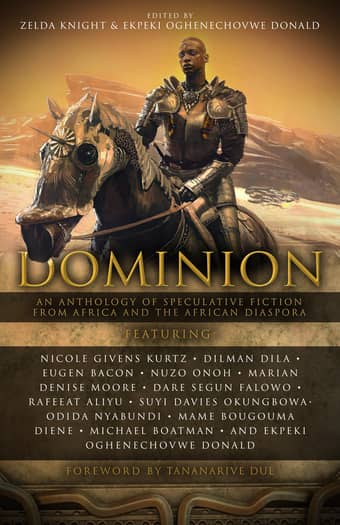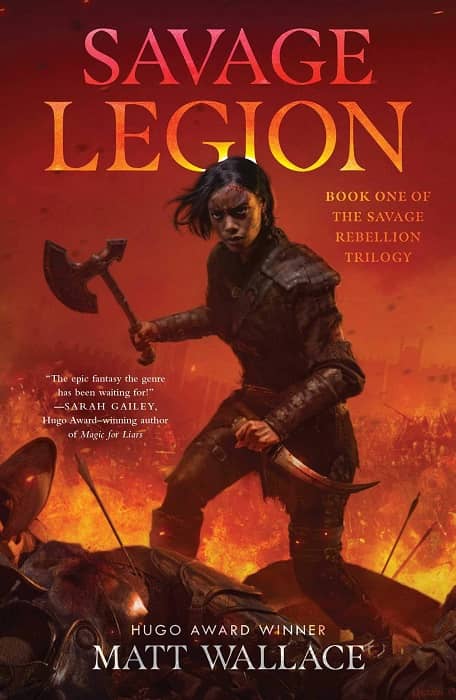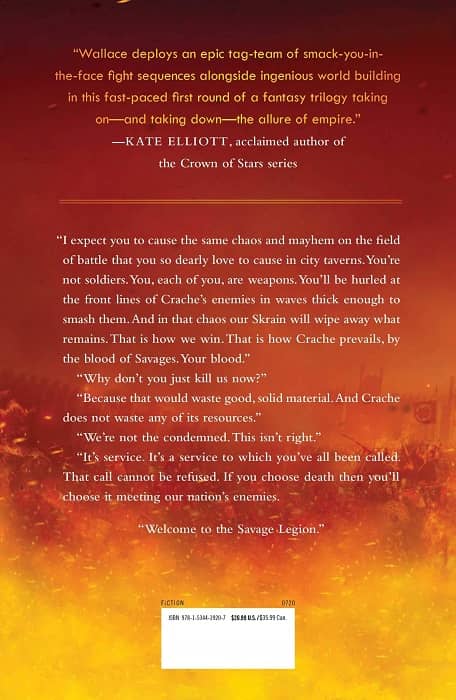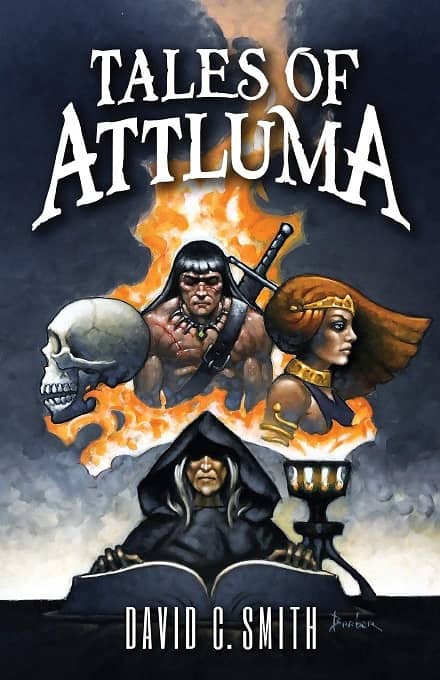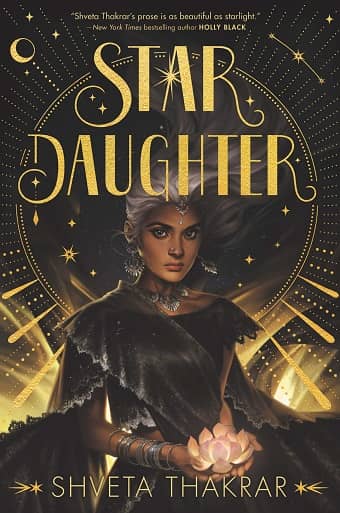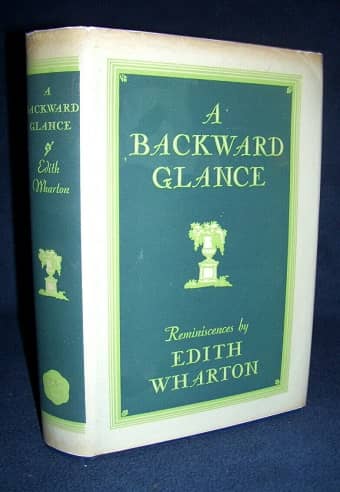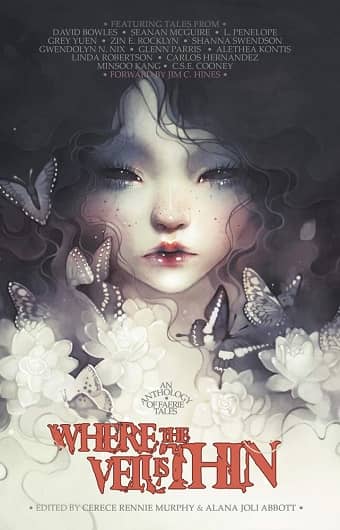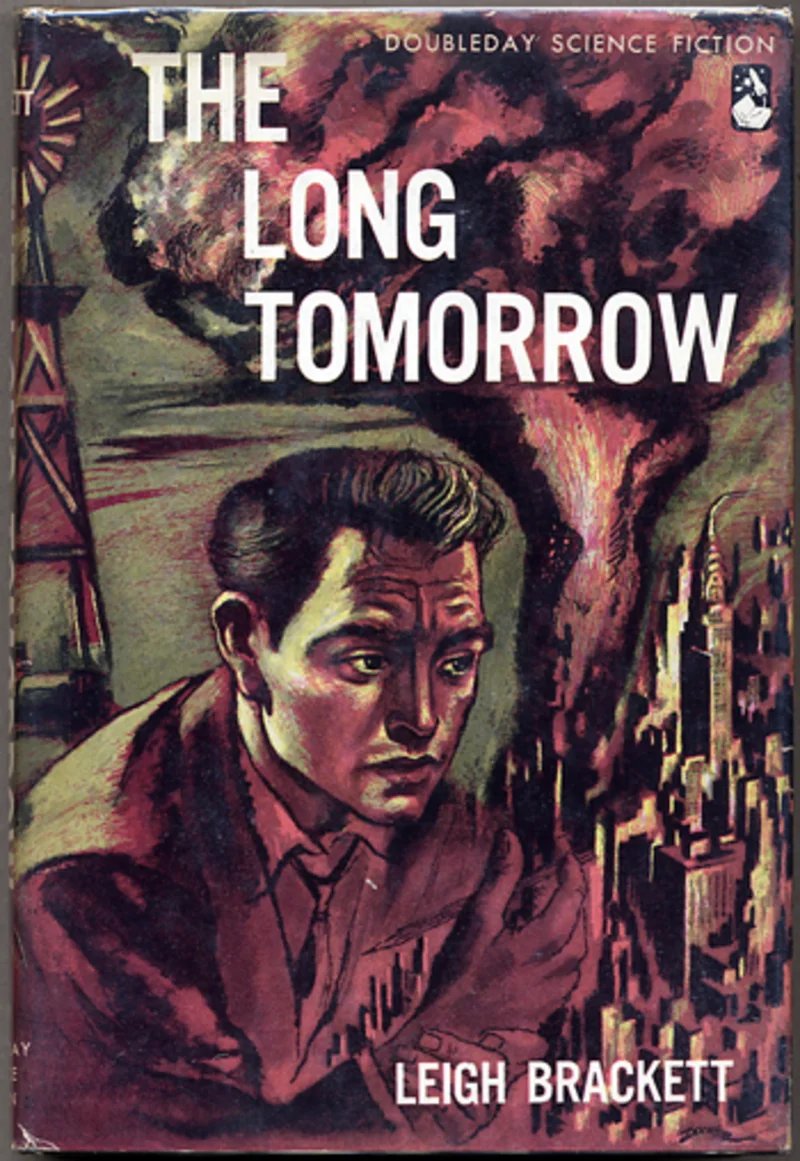Your Standard Consume-all-life-in-the-galaxy Deal: Aurora Burning, Book 2 of The Aurora Cycle by Amie Kaufman and Jay Kristoff
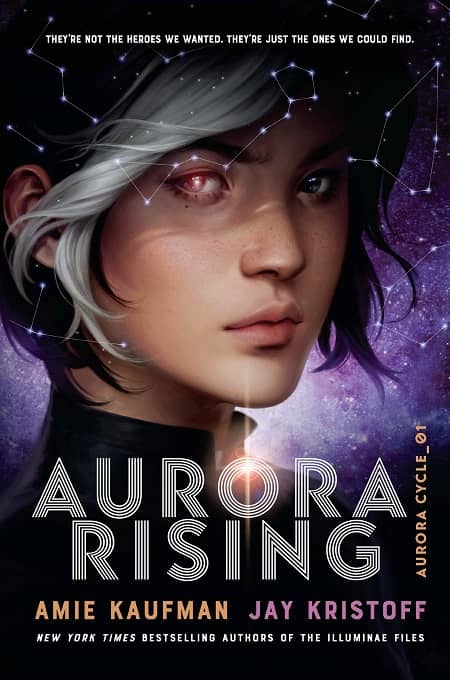 |
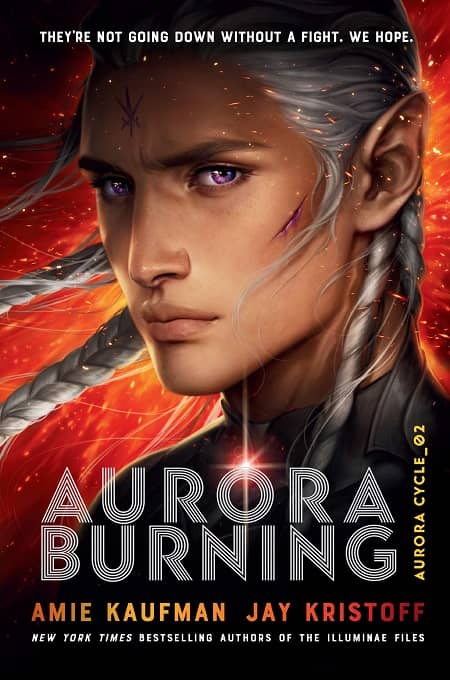 |
Covers by Charlie Bowater
Aurora Rising, the first volume of The Aurora Cycle by Amie Kaufman and Jay Kristoff, had Black Gate reviewer Elizabeth Galewski drawing comparisons to Firefly, Anne McCaffrey’s The Rowan, The Fifth Element and Star Wars.
Amie Kaufman and Jay Kristoff [are] the New York Times bestselling authors of The Illuminae Files… While this novel features all new characters and a different universe from their previous books, it offers the same nonstop action, messy romantic relationships, sarcastic voice, and space operatics that will please longtime fans and win new ones… The perspective shifts between many different characters, and fun schematics interrupt the flow of text at intervals. The Hadfield’s survivor, Aurora, has a similar plot function to the weird psychic girl in the Firefly movie Serenity and looks like Anne McCaffrey’s famous female telepaths in The Rowan and Damia. There appears to be a cameo by the opera diva from The Fifth Element, as well as a scene set in the famous Star Wars bar.
Kaufman and Kristoff both live in Melbourne, Australia. The second volume in The Aurora Cycle, Aurora Burning, features “an ancient evil — you know, your standard consume-all-life-in-the-galaxy deal… [but] Squad 312 is standing by to save the day.” It was published by Knopf Books on May 5, 2020. It is 512 pages, priced at $18.99 in hardcover and $10.99 in digital formats. The cover is by Charlie Bowater (who also produced the stellar cover for Shveta Thakrar’s upcoming Star Daughter.) Get all the details on the first volume here.
See all our coverage of the best new SF and Fantasy series here.
